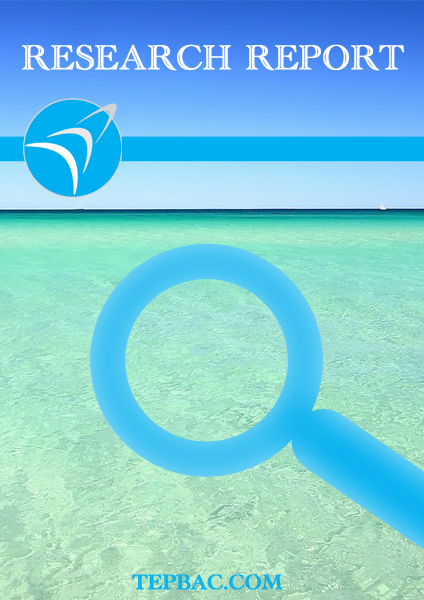Hiệu quả của mô hình nuôi trồng kết hợp gồm bào ngư (Haliotis asinine), cá chẽm (Lates calcarifer), hàu (Saccostrea cucullata) và rong biển (Ulva reticulata)
Tác giả:
Phùng Thế Trung và ctv, 2013
Ngày đăng: 04-01-2014
Đóng góp bởi: ltxuyen2010

Link: Vui lòng đăng nhập để thấy đường dẫn tải tài liệu.
pdf 0.68MB | 1532 | 37 | ltxuyen2010
The study was conducted to evaluate the potential for development of an integrated land-based semi-closed recirculating aquaculture system which consisted of abalone, seabass, oyster and Ulva compartments. Abalone and seabass fed artificial diets. Water in abalone tanks was flushed into the fish tank then filled by water pumped from seaweed tank. Water in the oyster tank was pumped to the seaweed tank then filled by water pumped from fish tank. The system was in three replicates. Water samples were taken from all compartments weekly for measurement of TAN, NO 2 -N and NO 3 -N. Ulva and cultured animals were sampled weekly and bi-monthly to determine their growth. Although Ulva showed a good ability to remove TAN (> 0.3 mg/L/day) to support their growth (> 10% day), nitrogen transformation under the effects of nitrobacteria resulted in the lack of TAN (< 0.2 ppm) and high concentration of nitrite and nitrate nitrogen (4.5 ppm maximum) accumulated in culture water. Therefore, all cultured species had poor growth and survival rates and the loss of nitrogen in feed supply was as high as in monoculture systems (60%). In order to improve system performance, recirculated water volume should be increased and water retention time should be shortened to maximize nitrogen removal efficiency of Ulva.
"Tài liệu điện tử trên trang tepbac được chia sẻ để sử dụng cho mục đích học tập và nghiên cứu cá nhân. Nghiêm cấm mọi hình thức sao chép, in ấn phục vụ các mục đích khác nếu không được sự chấp nhận của tác giả và nhà xuất bản."






